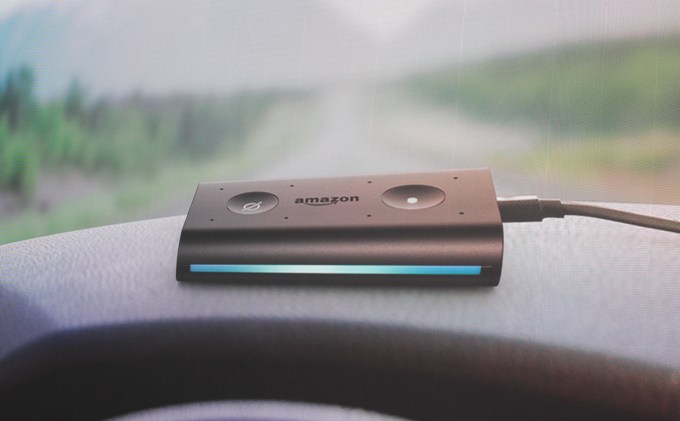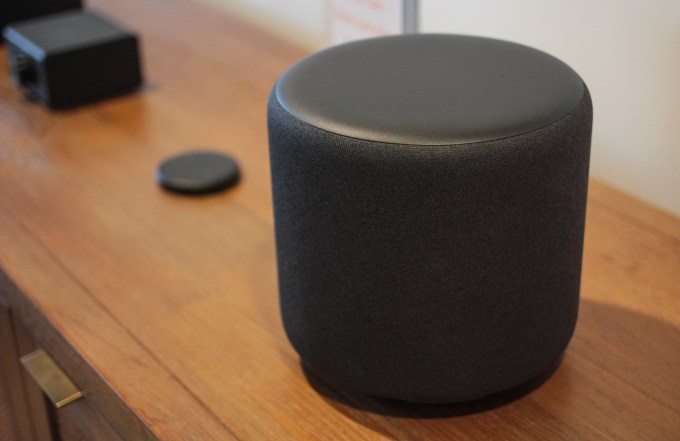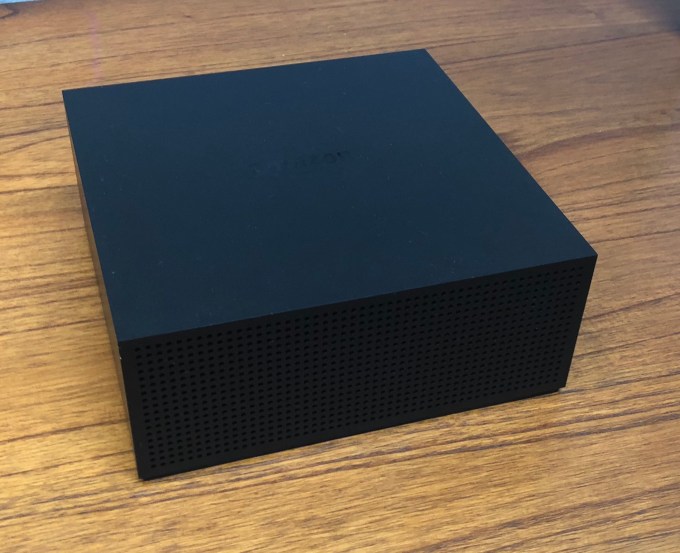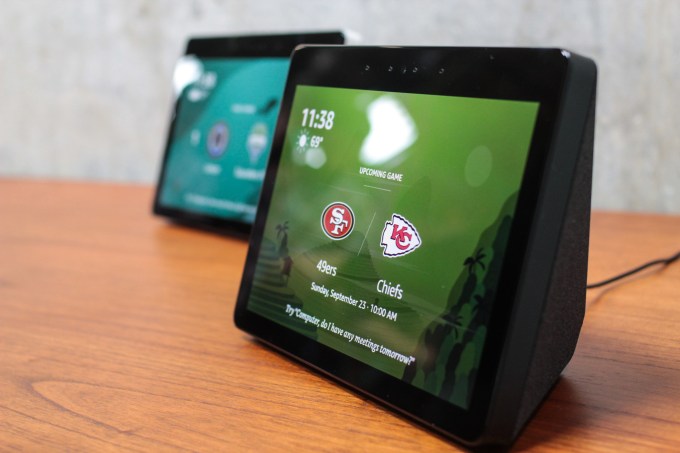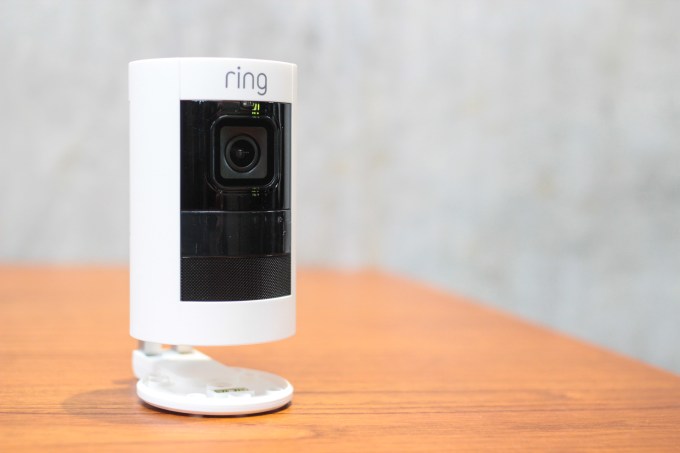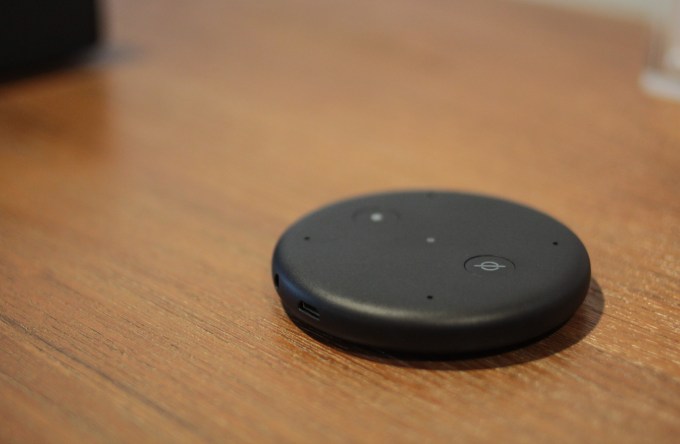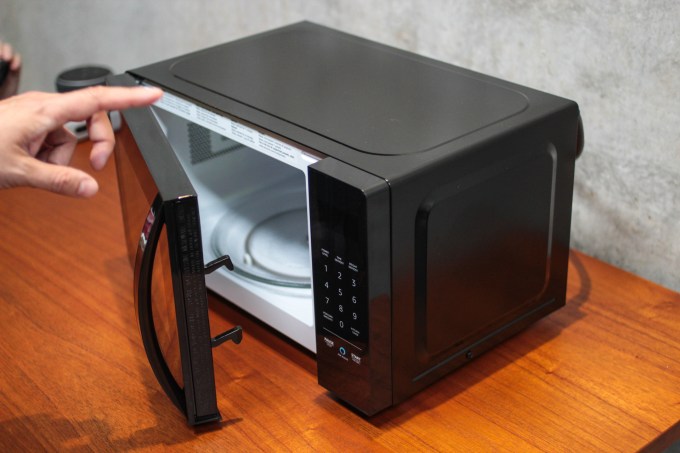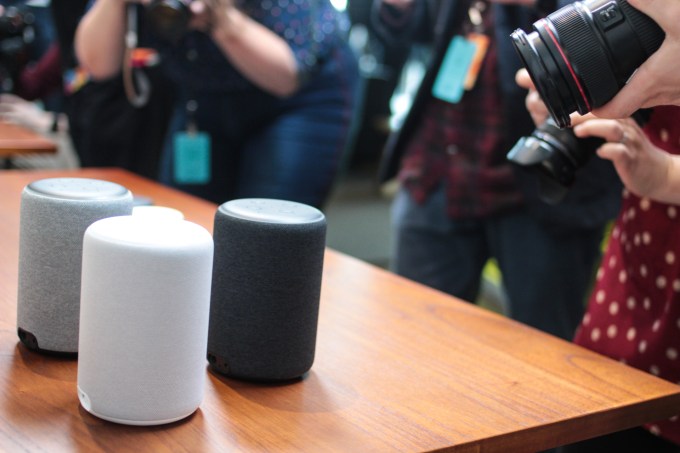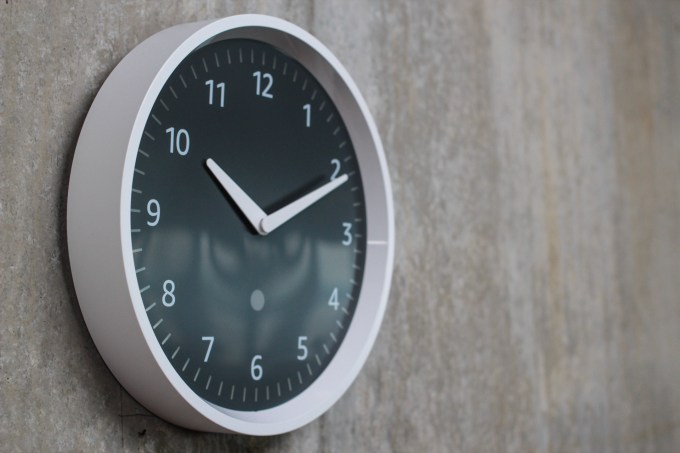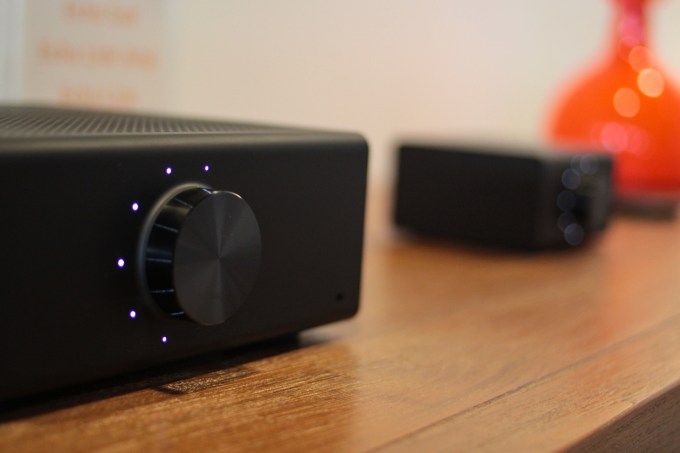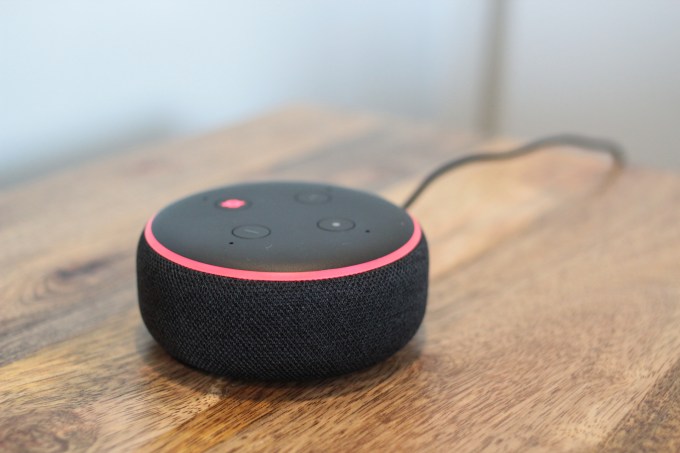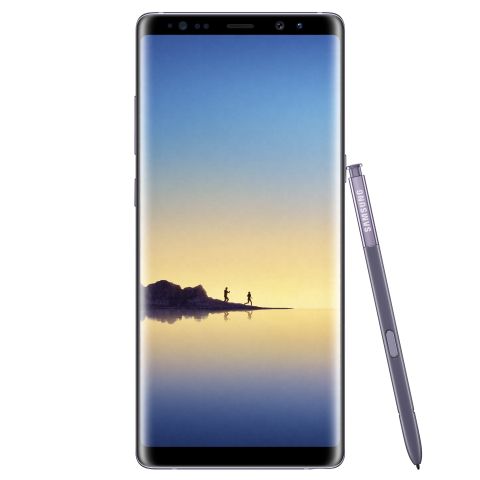It’s an easy mistake. Even professional copywriters make it sometimes: writing product descriptions that simply describe your products.
Why is it wrong? Because product descriptions need to sell your products.
Let’s have a look at nine simple ways to persuade your web visitors with product descriptions that sell.
1. Focus on your ideal buyer
When you write a product description with a huge crowd of buyers in mind, your descriptions
become wishy-washy and you end up addressing no one at all.
The best product descriptions address your ideal buyer directly and personally. You ask and answer questions as if you’re having a conversation with them. You choose the words your ideal buyer uses. You use the word you.
This is how
Think Geek starts the product description of an LED Flashlight.
When it comes to writing your own product descriptions, start by imagining your ideal buyer. What kind of humor does he or she appreciate (if any)? What words does he use? What words does he hate? Is he okay with words like suckyand crappy? What questions does he ask that you should answer?
Consider how you would speak to your ideal buyer if you were selling your product in store, face-to-face. Now try and incorporate that language into your website so you can have a similar conversation online that resonates more deeply.
2. Entice with benefits
When we sell our own products, we get excited about features and specifications. We live and breathe our company, our website, and our products.
The problem is our potential buyers are not as interested in mundane features and specs—they want to know what’s in it for them. That’s why you need to
highlight the benefits of each feature
Consider the benefit of each of your features. How does your product make your customers feel happier, healthier, or more productive? Which problems, glitches, and hassle does your product help solve?
Don’t sell just a product, sell an experience.
3. Avoid yeah, yeah phrases
When we’re stuck for words and don’t know what else to add to our product description, we often add something bland like "excellent product quality".
That’s a yeah, yeah phrase. As soon as a potential buyer reads excellent product quality he thinks, yeah, yeah, of course; that’s what everyone says.Ever heard someone describe their product quality as average, not-so-good, or even bad?
You become less persuasive when your potential buyer reads your product description and starts saying
yeah, yeah to themselves. To avoid this reaction be as specific as possible.
Zappos, for instance, doesn’t describe the quality of a pair of shoes as excellent. Instead they describe each technical detail plus its benefit.
None of the bullet points above mention the quality of the product directly, but each point gives you an impression of quality. Each point also follows an easy pattern of highlighting a feature plus a benefit:
4. Justify using superlatives
Superlatives sound insincere unless you clearly prove why your product is the best, the easiest, or the most advanced.
Amazon explains why the Kindle Paperwhite is the world’s most advanced e-reader.
The word patented gives the reader the impression that this is something special. Amazon goes on to quote several percentages to show why the Paperwhite has better contrast and brilliant resolution; and it provides a killer benefit: Even in bright sunlight, Paperwhite delivers clear, crisp text and images with no glare.
If your product is really the best, provide specific proof why this is the case. Otherwise, tone your copy down or quote a customer who says your product is the most wonderful they’ve ever used.
5. Appeal to your readers’ imagination
Scientific
research has proven that if people hold a product in their hands, their desire to own it increases.
You’re selling online, so your web visitors can’t hold your products. Large, crystal clear pictures or videos can help, but there’s also a copywriting trick to increase desire: let your reader imagine what it would be like to own your product.
To practice this copywriting technique start a sentence with the word imagine, and finish your sentence (or paragraph) by explaining how your reader will feel when owning and using your product.
6. Cut through rational barriers with mini-stories
Including mini-stories in your product descriptions lowers rational barriers against persuasion techniques. In other words, we forget we’re being sold to.
Wine sellers like UK-based
Laithwaites often include short stories about wine makers.
When it comes to telling a story about your products, ask yourself:
- Who is making the product?
- What inspired creating the product?
- What obstacles did you need to overcome to develop the product?
- How was the product tested?
7. Seduce with sensory words
Green and Black’s sensory adjectives don’t just refer to taste, but also to sound and touch: crunchy and smooth.
Adjectives are tricky words. Often they don’t add meaning to your sentences, and you’re better off deleting them. However, sensory adjectives are power words because they make your reader experience your copy while reading.
Dazzle your readers with vivid product descriptions. Think about words like velvety, smooth, crisp, and bright.
8. Tempt with social proof
When your web visitors are unsure about which product to purchase, they look for suggestions what to buy. They’re often swayed to buy a product with the highest number of positive reviews. But there are other ways to sneak social proof into your product descriptions.
Online furniture seller
Made.com hints at the popularity of a product:
Including an image of a person adds credibility to a quote; it also makes an online company more personal and approachable encouraging customers to call to get answers to their queries.
The above quote carries extra impact because it describes the product as popular. The popularity claim is further supported with a cutting from the press and the phrase press favorite.
Most buyers are attracted to buying something that's popular. When it comes to your website, highlight the products that are customer favorites.
9. Make your description scannable
Is your web design encouraging web visitors to read your product descriptions?
Packaging your product descriptions with a clear, scannable design makes them easier to read and more appealing to potential customers.
Here's some areas to focus on when designing yours:
- Entice your web visitor with headlines;
- Use easy-to-scan bullet points;
- Include plenty of white space;
- Increase your font size to promote readability;
How to write compelling product descriptions
Share your knowledge about your product. Tell stories and explain even the tiniest details. Make an effort not to be boring and instead delight your web visitors with seductive descriptions. Most of all, write with enthusiasm because your passion for your products is contagious.



